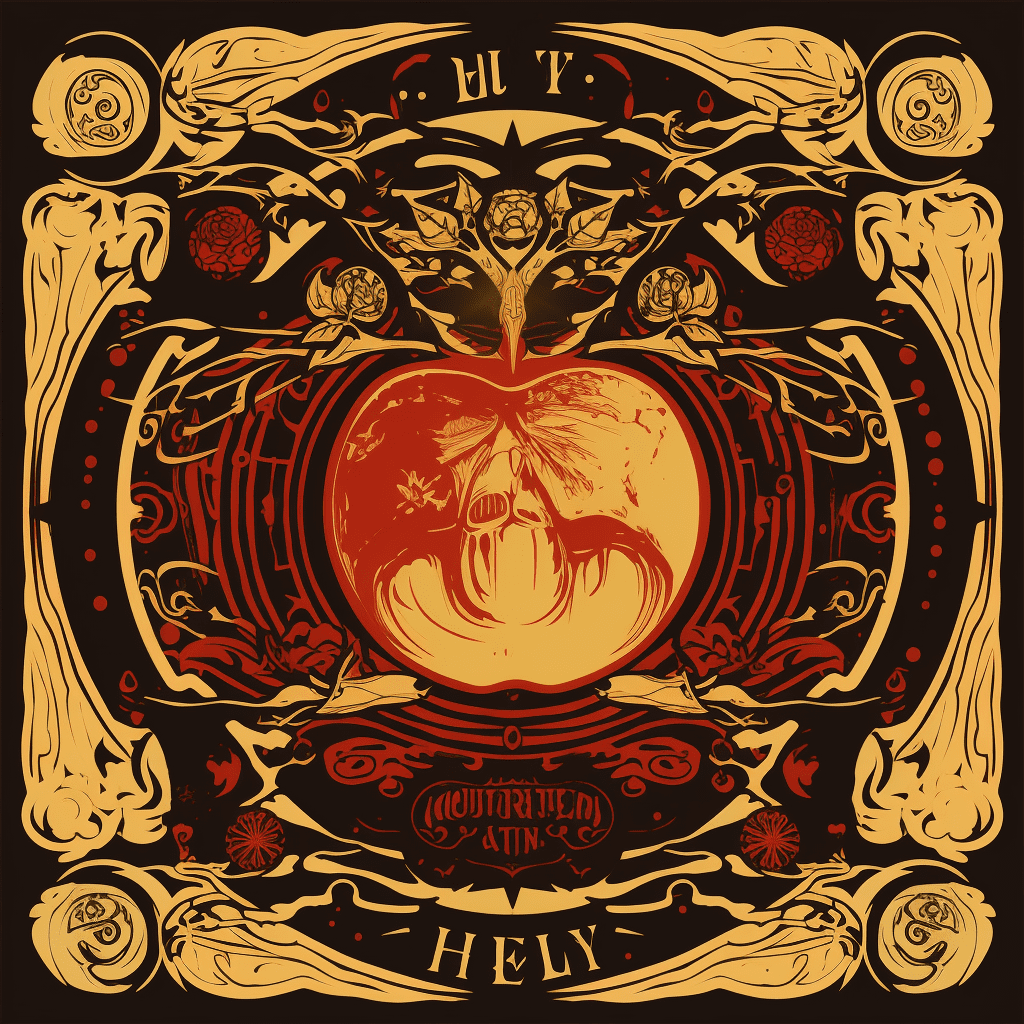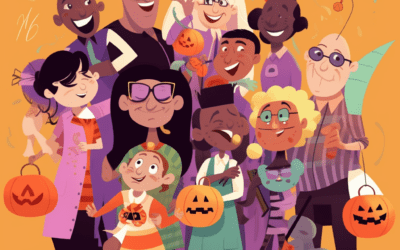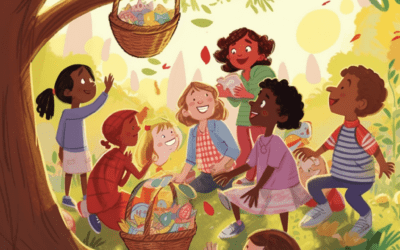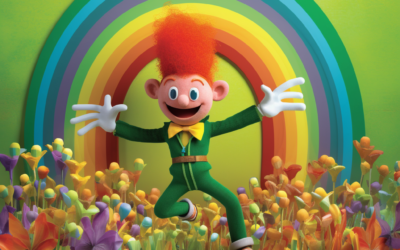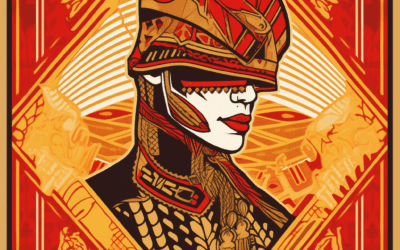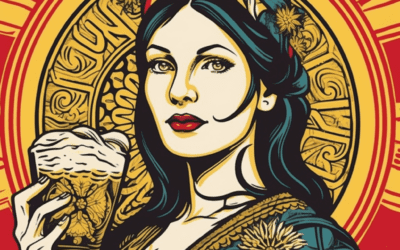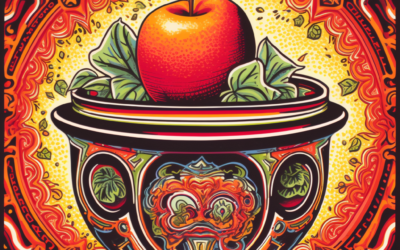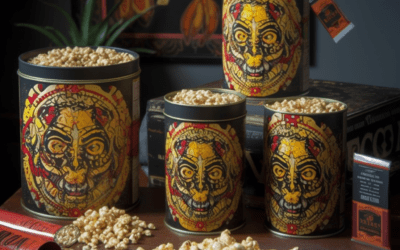The Tradition of Bobbing for Apples: Where Did It Come From?
The tradition of bobbing for apples is a festive activity often associated with Halloween. But have you ever wondered where this tradition came from? Let’s dive into the history and origins of this fun-filled game.
Apple Bobbing in Ancient Times
The tradition of bobbing for apples can be traced back to ancient times. The Romans, for example, celebrated a festival called Pomona, which was dedicated to the Roman goddess of fruit trees. This celebration included various games, one of which involved bobbing for apples in water. It symbolized the celebration of the harvest season and the abundance of ripe fruits.
Apple Divination in Celtic Culture
Apple bobbing also has roots in Celtic culture. The ancient Celts celebrated a festival known as Samhain, which marked the end of the summer and the beginning of winter. During this festival, they believed that the boundary between the living and the dead was blurred, and divination rituals were performed. One such method involved bobbing for apples, with each apple representing a potential future spouse. Participants would try to bite into an apple without using their hands, and it was said that the first person to succeed would be the next to marry.
Christian Influence on Apple Bobbing
With the spread of Christianity, many pagan rituals and traditions were incorporated into Christian celebrations in an effort to attract and accommodate local populations. The tradition of bobbing for apples became associated with the Christian holiday of All Hallows’ Eve, which eventually evolved into Halloween.
During All Hallows’ Eve, which falls on October 31st, apple bobbing was considered a game of divination. Participants believed that the first person to successfully bite into an apple would be the next one to marry, similar to the Celtic belief.
The Apple as a Symbol
Apples have long been symbolic in various cultures and mythologies. In Norse mythology, the goddess Idun was said to keep the gods youthful and immortal by providing them with golden apples. The apple has also been associated with love, temptation, and fertility in different folk traditions.
The Evolution of the Game
Over time, bobbing for apples has evolved into a popular party game for Halloween celebrations. The game usually involves a large tub or basin filled with water, with apples floating on the surface. Participants take turns trying to catch an apple using only their mouths, with their hands held behind their backs. The game is often accompanied by laughter and cheering as participants eagerly attempt to grab the elusive apples.
A Fun and Challenging Tradition
So, the next time you participate in bobbing for apples during a Halloween party, remember its ancient origins. From the Roman festival of Pomona to the divination rituals of the Celts and the incorporation into Christian celebrations, this tradition has endured throughout history. It is a fun and challenging game that brings people together and adds to the festive atmosphere of Halloween. Enjoy the game and have a spooktacular time!
The tradition of bobbing for apples: Where did it come from? The tradition of bobbing for apples in water dates back to ancient times, with the Romans and their festival of Pomona, as well as the Celts and their divination rituals during Samhain. It later became associated with All Hallows’ Eve and evolved into a popular game for Halloween parties. Enjoy this fun and challenging tradition!

